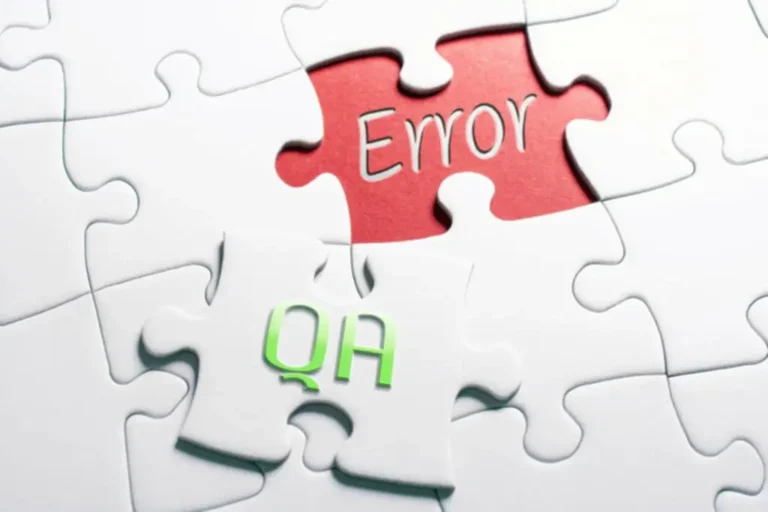They play a crucial position in making choices related to severity and precedence primarily based on elements such as project timelines, resource https://www.globalcloudteam.com/ availability, and strategic aims. Project managers may also collaborate with stakeholders to ensure that severity and priority align with the project’s targets and priorities. In software program testing, severity and priority are two essential ideas that assist manage defects and issues effectively. Though they might sound comparable, they address totally different aspects of a defect or bug.

The Fundamentals Of Bug Monitoring: What Is A Bug?
In such cases, although the bug has severe consequences, other components such as user base, influence on crucial performance, or immediate enterprise requirements could lead to a lower priority. A bug that solely impacts the visible look, similar to an incorrect color what is severity crm scheme or font dimension, may have a high severity if it violates the model guidelines. However, it could have a low priority if it doesn’t impact the general performance or person expertise. While a high-severity bug demands attention, it could not always require quick resolution if its priority is low. Conversely, a low-severity bug may be assigned a high precedence if it impacts crucial functionality. Now, it’s inconceivable to assign bug priority and severity without figuring out the exact nature of the bug.

High Severity And High Precedence Defects

A Quality Assurance engineer often determines the severity level of a bug/defect. It does not have an effect on something by way of performance, however the identical cannot be said for the user experience. Therefore, this bug ought to be resolved with a excessive precedence, although it has a minimum influence on the product. Any insignificant severity defects that affect the consumer expertise routinely become a part of this class. It also contains bugs that require fixing however do not affect the appliance.
Integration With Improvement Methodologies

Accordingly, the bug should be fastened in case of the «Critical» global priority. Defects with the «Minor» priority also wants to be resolved earlier than release, however a small amount of them is allowed in the project. For instance, contemplate a scenario where the organization name is misspelled on the homepage of a website. The error impacts the operation of the application and prevents users from taking essential actions. However, this isn’t considered a priority because customers could have workarounds and it’ll not affect a large number of customers.
What Is Non-functional Testing?: Sorts, Instruments & Process
So, the responsible individual needs to be exact and correct on its name for assigning defect. Major defects make the operation of the fundamental functionality harder or make using additional functions inconceivable. A critical bug that violates the operation of the basic performance of the examined product. In this part, let us be taught extra about severity and precedence by highlighting their elementary differences. You must reassess bug priorities regularly due to the dynamic nature of improvement and ever-evolving requirements. Using these severities, anyone on a team ought to declare an incident with confidence that the severity they’ve set precisely indicates the impact.

Information And Myths About Software Testing
To more effectively test, handle, and repair bugs throughout the event course of, groups make the most of bug prioritization methodologies. These processes enable them to resolve these issues while maintaining software quality and adhere to planned launch schedules. In apply, sustaining a clear distinction between severity and priority can significantly enhance a team’s capability to respond successfully to issues.
Comprehensive Influence Assessment:
- Having your severity definition nailed down is important earlier than finest managing incidents.
- Bug severity and priority are two phrases which are frequently used throughout the complete means of identifying and fixing bugs.
- In order to manage testing actions smoothly and effectively, it is essential to use check management instruments.
- Clearly define the criteria for each level, including impact, urgency, and complexity.
But the severity relates extra to the technical part and the precedence to the organizational one. To scale back high-severity and high-priority bugs, teams can implement thorough testing practices, together with automated testing, regular code evaluations, and continuous integration. Additionally, prioritizing bug fixes based on influence and severity might help handle resources effectively. Buggy software program can severely impression the project’s timeline and useful resource allocation, leading to a re-evaluation of threat and priorities. This is why shift-left testing is gaining recognition, aiming to establish and address dangers and bugs early in improvement. In shift-left testing, web site testing begins as early as the requirement-gathering part.
S4 incidents can be addressed as a part of a traditional maintenance workflow. They don’t have an effect on many users, don’t have any significant influence on enterprise operations, and are usually cosmetic or informational points. Ultimately, these are low-severity incidents that will come up most of the time.
An issue tracker plays an essential function in determining how software issues are fastened. They help product testers, QA engineers, and product teams to determine bugs, collect priceless knowledge and handle the method of resolving them from begin to finish. But not all bugs recognized during testing or reported by users are resolved immediately. According to a study by Statista, solely about 21% of reported bugs ever get resolved immediately after they are identified. Various forms of testing and bug monitoring are carried out to guarantee that the flaws discovered throughout software development are mounted, guaranteeing that the final product is high-quality and bug-free. So here’s the guide to distinguish between bug severity and priority in testing.
In unit testing, where particular person elements of the software are tested in isolation, figuring out the severity and priority of defects might help developers determine which issues to tackle immediately. This ensures that only probably the most steady and fewer problematic code advances to the next phases of testing, thereby maintaining the integrity of the software program construct. It measures the extent of the defect within the functionality from a technical perspective, without considering the time inside the project lifecycle or the feature’s importance to the top consumer. Severity levels can vary from ‘Critical’, affecting system operations or causing data loss, to ‘Minor’, where the defect causes minimal disruption with no vital influence on performance. The organizations using different instruments for tracking defects and associated processes make these instruments the widespread monitoring system between varied management levels and technical workers. Sometimes it appears that evidently there is no difference between these two notions, or it is not obvious.

Bugs that require instant consideration and resolution because they impression critical functionality or pose significant risks fall beneath this category. While severity and precedence are sometimes used interchangeably, they symbolize distinct features of bug management. Testers can determine bug priority with the identical steps described earlier to determine bug severity.




